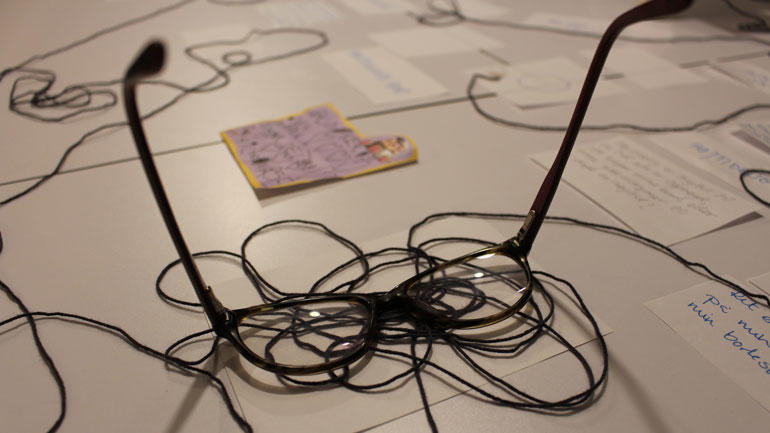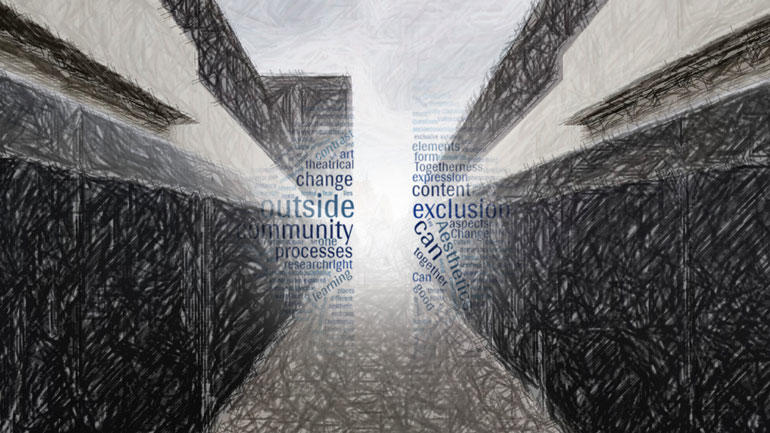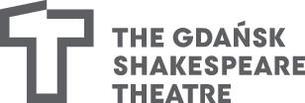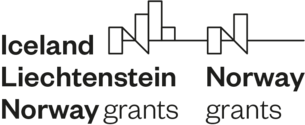In late summer this year, Norwegian and Polish academics and researchers will meet to hold workshops on the aesthetic learning process as a method with a focus on Shakespeare’s work. University of South-Eastern Norway (USN), Notodden developed the workshop and the methodology for the project, which the Gdańsk Shakespeare Theatre (GST), Poland will coordinate.
The research will bring together four Polish Universities—the University of Gdańsk, Tischner European University in Kraków, the University of Warsaw, and Adam Mickiewicz University in Poznań. This cooperation aims to implement aesthetic learning processes in the Polish curriculum.
Understanding aesthetic learning
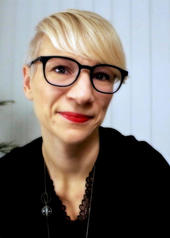 Aesthetic learning processes use varied methods, forms of expression, and tools to explore topics through the transformative and/or performative possibilities of aesthetics.
Aesthetic learning processes use varied methods, forms of expression, and tools to explore topics through the transformative and/or performative possibilities of aesthetics.
“We wish to examine different approaches to aesthetic learning processes that explore otherness and togetherness,” says Joanna Magierecka, project manager from USN, Notodden.
While the general part of the Norwegian school reform emphasizes interactive teaching methods and extended learning, and the Norwegian teacher education reform highlights aesthetic approaches towards learning—as an area of research, the aesthetic learning process is still underestimated.
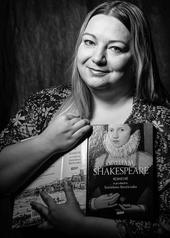 “Aesthetic learning processes require specific approaches—in one form or another you have to work with an aesthetic expression, through active learning, it has to be engaged (bodily and through your senses and emotions), and towards a cognitive apprehension,” says Magierecka.
“Aesthetic learning processes require specific approaches—in one form or another you have to work with an aesthetic expression, through active learning, it has to be engaged (bodily and through your senses and emotions), and towards a cognitive apprehension,” says Magierecka.
“So it is a whole package—you have your body, emotions, senses and mind involved at the same time,” she says adding, “So as a participant, you learn about a subject in several levels.”
Therefore, aesthetic learning goes beyond just reading or being taught—it is about collective working.
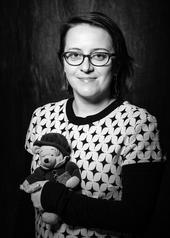 Magierecka notes that the timespan of an aesthetic learning process may vary—it can be an hour or even days and weeks as long as it is within a specific framework. “You can stage a scene, you can paint, you can go out and interview people to gather information and learn something about the historical period, subjects that are fact-based, but you also learn something about yourself, the society, and how things work, how the other feels and then you negotiate to understand what the truth is—all that within an aesthetic framework,” says Magierecka.
Magierecka notes that the timespan of an aesthetic learning process may vary—it can be an hour or even days and weeks as long as it is within a specific framework. “You can stage a scene, you can paint, you can go out and interview people to gather information and learn something about the historical period, subjects that are fact-based, but you also learn something about yourself, the society, and how things work, how the other feels and then you negotiate to understand what the truth is—all that within an aesthetic framework,” says Magierecka.
The main idea in the aesthetic learning process is that you collectively build a knowledge base that you take further on and exchange this knowledge when you meet other people.
Shakespeare, otherness and togetherness
The project aims to gain new insights into and knowledge on what the unique quality of the aesthetic learning processes is. The themes of otherness and togetherness and working with Shakespeare's universe will create a specific aesthetical framework for this exploration.
“As practitioners, and as a part of the Research Group for Aesthetic Learning Processes (ForEst) we are always asking what this unique quality is, and are committed to strengthening the theoretical and methodological side of the aesthetic learning process,” Magierecka notes.
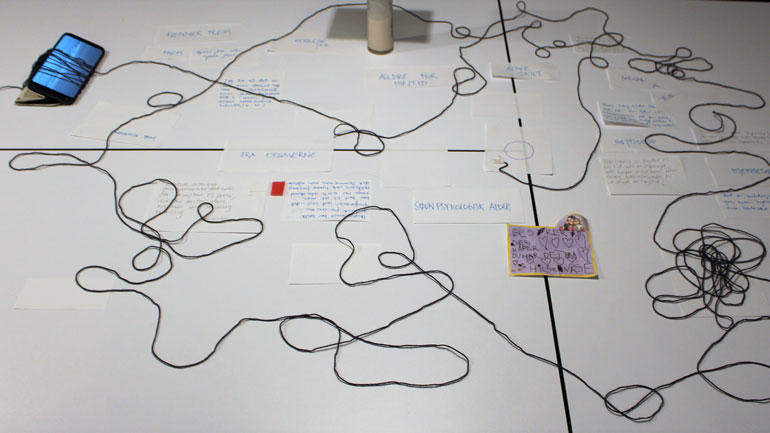
Marta Nowicka and Anna Ratkiewicz at the Education Department at GST say the aesthetic learning philosophy is new in Poland. “The school systems focus learning based on facts or rote learning,” says Ratkiewicz.
They say that the project is starting at a time where Polish universities and academic institution are questioning traditional forms of learning. They are looking to evolve and incorporate active learning, which the aesthetic learning process will provide. “We are eager to learn, get the necessary tools about aesthetic learning and keen to share the knowledge forward,” adds Nowicka.
‘Otherness-Togetherness-Aesthetics’ benefits from a EURO 191,720 grant from Iceland, Liechtenstein and Norway, the EEA Grants.
Looking ahead
The timeline will move fast after this month for the project that has suffered setbacks due to the COVID-19 pandemic restrictions. By the end of August, the Norwegian team would have held the workshop with their Polish partners.
Thirty-nine researchers/doctoral students/students will take this workshop which includes several days-long exchanges. There the participants will get to know each other, exchange experience and knowledge under the supervision of the Norwegian specialists.
These newly trained researchers will prepare their independent workshops and organize them at their home institutions.
Data collection will commence in about a year when the project will hold a Shakespeare science camp, a scientific conference in Notodden, the results of which will be published in a scientific publication.
